Northern Arizona’s Grand Canyon is one of the most famous natural areas in the United States, and it even receives global recognition, as it is typically considered one of the Wonders of the World. But while the rock formations that characterize the park breathtaking to behold, Grand Canyon National Park is also brimming with fascinating animals.
We’ll detail some of the most interesting animals that live within the park and surrounding area below, and we’ll also provide some wildlife viewing tips to help give you the best chance of seeing a variety of charismatic creatures.
Big Animals for a Big Park
Several large species inhabit the park, including bighorn sheep, elk and bison.
Despite the rugged terrain of Grand Canyon National Park, several large herbivores live within its borders. Bison are certainly the largest and most notable example. These gigantic herbivores often weigh up to 2,000 pounds and form herds numbering into the hundreds. Unfortunately, the park’s bison only live in one location, near the north rim of the canyon.
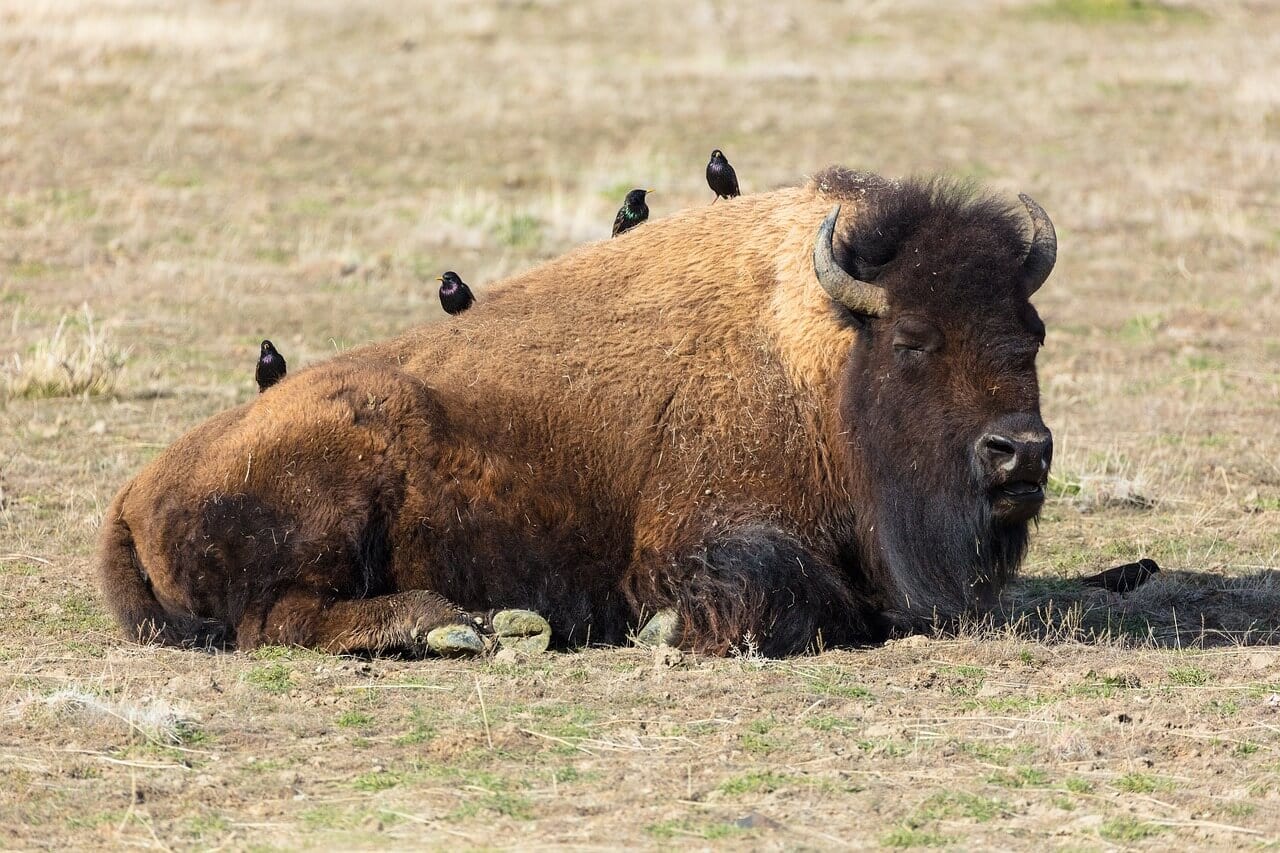
Elk also live inside Grand Canyon National Park. Although they aren’t as large as bison, they’re still big animals, who often exceed 600 pounds in weight. Just be sure to view these animals from afar, as they won’t hesitate to attack perceived threats.
Bighorn sheep also inhabit the rugged lands surrounding the Grand Canyon. These sheep must be nimble enough to scale the steep cliffs in the area, so they’re much smaller than elk of bison. Most bighorn sheep weigh about 150 pounds or so.
Reptiles in a Rugged Land
Nearly 50 reptile species call Grand Canyon National Park home.
Grand Canyon National Park is a reptile-lovers paradise. Eighteen lizard species dwell within the park, but none are as famous as the venomous Gila monster. However, these lizards are notoriously secretive, so the chances of encountering one are rather limited. Nevertheless, you’ll want to keep your distance if you do see one of these beautiful lizards, as they can inflict an excruciatingly painful bite.
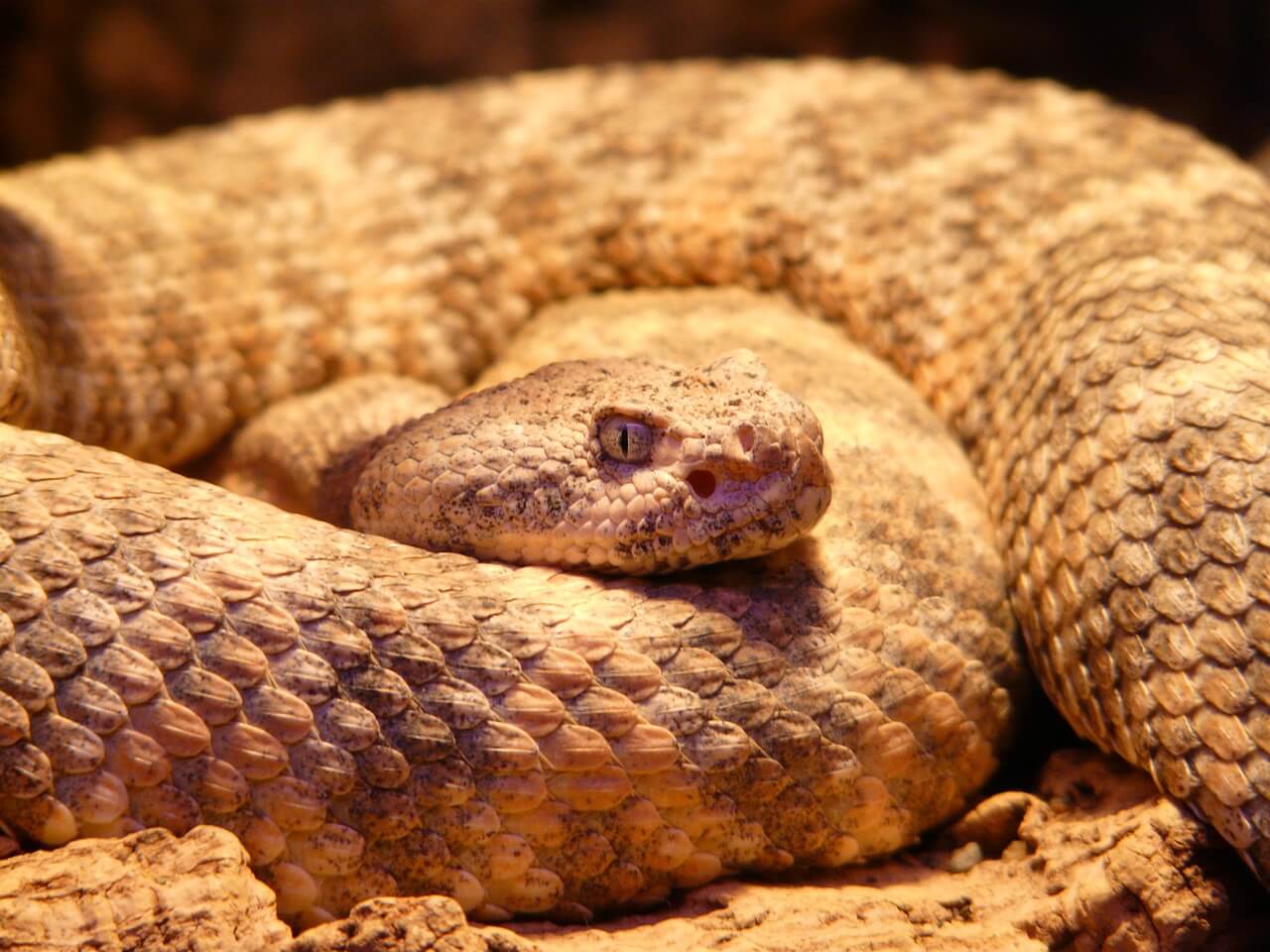
Most of the snakes that live in Grand Canyon National Park are non-venomous. The harmless gopher snake is one of the most common species, and probably the one visitors see most often. However, six different species of rattlesnake also live in and around the canyon, so be sure to watch your step when exploring.
The desert tortoise also lives within the park’s borders. These medium-sized tortoises retain water in their bladder to help them survive in this harsh desert landscape. Be sure that you do not touch them or pick one up, as this will cause them to urinate in defense. This may make them vulnerable to dehydration and ultimately lead to their death.
Invertebrates Inside the Park
Grand Canyon National Park is home to several interesting invertebrate species.
Few types of animals native to the park exhibit the diversity that butterflies do. In fact, the Grand Canyon is home to nearly 300 different butterfly species. These animals play important roles in the pollination of the park’s plants, and they also serve as prey for many birds and reptiles.

There are also a number of interesting arachnids found in the park. The bark scorpion is one of the most common. Bark scorpions typically spend their time hiding under rocks and logs, but they’ll emerge at dusk to hunt for prey. Tarantulas also live in the park. Though they may look frightening, most tarantulas will flee if approached and they tend to avoid humans as much as possible.
Rare and Beautiful Birds of the Park
Several ecologically important birds live in and around Grand Canyon National Park.
Grand Canyon National Park is home to an array of bird species. This not only includes raptors and vultures that spend their time soaring high above the ground, but also a variety of small songbirds who inhabit every habitat within the park.

A few of the park’s native birds are even endangered. For example, the western yellow-billed cuckoo breeds near the park’s rivers and streams, as does the Yuma clapper rail. However, the most notable of the park’s endangered species is undoubtedly the California condor. With a wingspan that often exceeds 9 feet, these large birds are slowly starting to recover, after nearly becoming extinct in the 20th century. In fact, their population fell to only 22 individuals in 1982, before rebounding to their current population of about 230 individuals.
Wildlife Viewing Tips
You’ll have a much better chance of seeing animals at Grand Canyon National Park if you embrace the following tips.
Grand Canyon National Park provides visitors with the opportunity to see a wide variety of animals in a single location. However, you can’t expect to see many if you just wander the park without a plan. Instead, try to employ the tips listed below.
- Explore during the relatively cool hours of the morning and afternoon. Many of the park’s resident animals will lay low during the middle of the day to escape the oppressive heat. So, do your best to start exploring early in the morning, before the desert air warms. You can also see a number of animals once the sun begins to set but be sure that you prepare carefully to explore at night and bring a flashlight.
- Bring a good pair of binoculars. Traveling around the Grand Canyon is difficult at best. Accordingly, it’ll often be hard for you to get close to as many animals as you’d like to. But, if you bring a quality pair of binoculars, you’ll have the chance to see numerous animals that you may not otherwise get the chance to observe.
- Bring a blacklight to spot scorpions at night. Scorpions have the peculiar habit of glowing when illuminated with a black light. Accordingly, it can be easy to find them by simply walking around outside your tent or car after the sun sets.
- Make a habit of inspecting shadowed areas under rocks. Many of the park’s resident reptiles will hide in shaded rock crevices throughout the day. Get in the habit of looking in these places (without sticking your hands inside!) to increase your chances of spotting lizards and snakes.
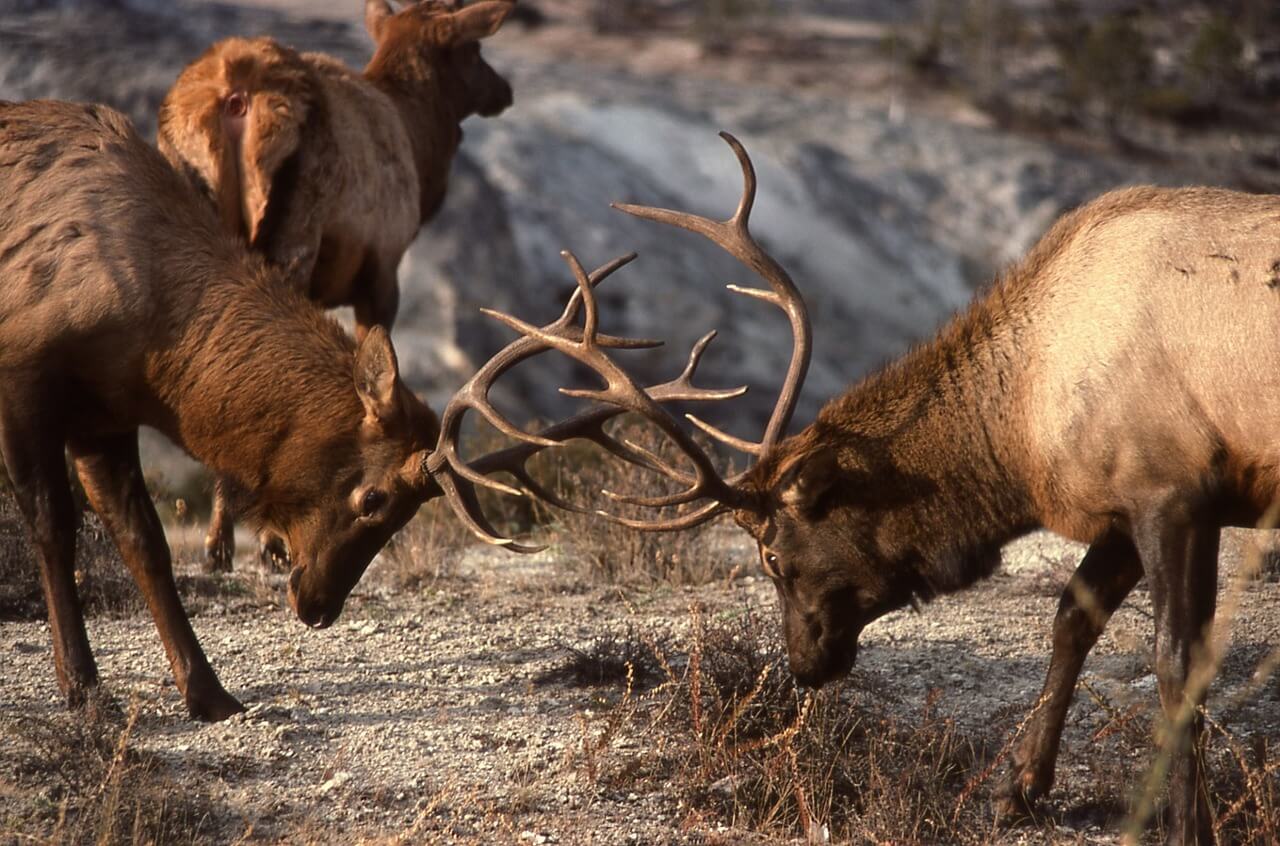
Tell Us About Your Experiences!
Grand Canyon National Park is one of the most famous parks in the world, and more than 6 million people pass through the turnstiles each year. Most of these visitors are likely most interested in the park’s unique geology, but the wildlife species living in the park are nearly as awe-inspiring.
Have you ever visited Grand Canyon National Park? We’d love to hear about your experiences in the comments below. Be sure to tell us about the various animals you observed in the park, as well as which ones were your favorites.



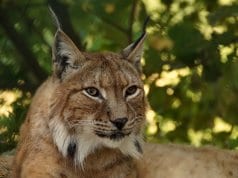
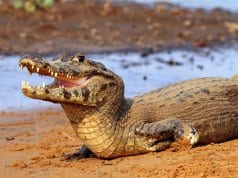
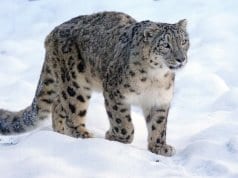
![Red Angus Closeup of a beautiful Red Angus cowPhoto by: U.S. Department of Agriculture [pubic domain]https://creativecommons.org/licenses/by/2.0/](https://animals.net/wp-content/uploads/2020/03/Red-Angus-4-100x75.jpg)

